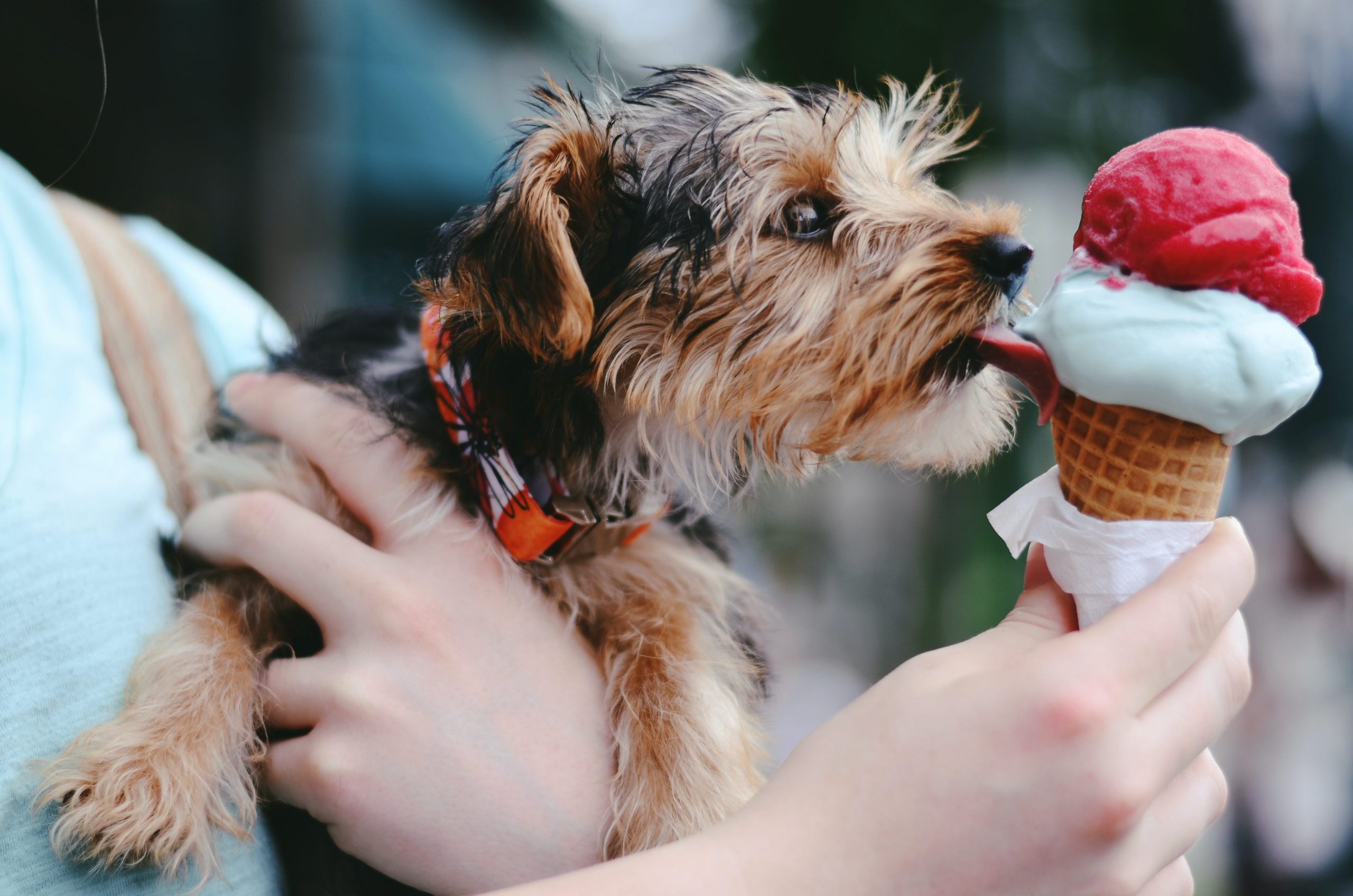Admit it: you have a pretty good idea of what you should eat to stay healthy, but sometimes (or often) you catch yourself near the bottom of a bag of Doritos, wondering how you got there. You might decide once and for all, no more junk food for me. But like most of us, you’ve probably been through that process a few times, eating well sometimes, eating worse at other times. You have your diet in your own hands and can choose what you feed yourself. Your dog doesn’t have that choice.
You are the person your dog relies on for his health and care. You are not only responsible for feeding him a healthy and balanced diet but you must also take care not to let him eat the wrong thing. It would be easy if what is healthy for humans was healthy for dogs, but it doesn’t work like that. There are a lot of very healthy human foods (like avocado) that are extremely toxic for your furry friend.
You need to make sure your dog doesn’t get hold of the following foods:
Almonds
Almonds may not necessarily be toxic to dogs like macadamia nuts are, but they can block the esophagus or even tear the windpipe if not chewed completely. Salted almonds are especially dangerous because they can increase water retention, which is potentially fatal to dogs prone to heart disease
Chocolate
Chocolate contains a very toxic substance called methylxanthines, which are stimulants that can stop a dog’s metabolic process. Even just a little bit of chocolate, especially dark chocolate, can cause diarrhea and vomiting. A large amount can cause seizures, irregular heart function, and even death.
Avocados
Every part of the fruit has a strain of fatty acid called persin, which is toxic to your pup in large quantities. Avocado may be good on nearly everything, but it’s not good on your dog’s puppy chow.
Onions
Staples in the human diet, these beloved veggies can cause anaemia in your dog by killing her red blood cells. Even a little bit can be detrimental to her health.
Grapes and Raisins
Eating this seemingly innocuous fruit (in either the fresh or dried form) can cause kidney failure in dogs. Yikes!
Macadamia nuts
Macadamia nuts, part of the Protaceae family, can cause vomiting, increased body temperature, inability to walk, and lethargy. Even worse, they can affect the nervous system. Your pup may be eyeing your macadamia nut cookie, but don’t give in to his puppy-dog eyes. He’ll thank you later—well, maybe.
Sugary foods and drinks
Speaking of cookies, don’t let your dog eat anything high in processed sugars. The same thing will happen to her that happens to people when they ingest too much sugar: weight gain, tooth decay, and even diabetes.
Caffeine
It contains a stimulant that is toxic to dogs. While you may enjoy a morning cup of joe, your dog should stick to tried-and-true water.
Yeast dough
If eaten raw, this can rise and ferment in your dog’s stomach. The fermentation can cause alcohol poisoning, and the rising will stretch your pup’s stomach to the point of pain. So the next time you make a homemade pizza, avoid giving those leftover dough bits to your pooch!
Too much Salt
Too much salt can lead to dehydration and even sodium ion poisoning. While a little bit of salt is fine, be aware of how much your dog ingests, to keep the quantity at a minimum.

Ice cream contains lots of sugar, so it is best not to share with your dog.
Ice cream
As refreshing of a treat as ice cream is, it contains lots of sugar so it is best not to share with your dog. Also, some dogs have an intolerance to lactose. To avoid the milk altogether, freeze chunks of strawberries, raspberries, apples, and pineapples to give to your dog as a sweet, icy treat.
Cinnamon
While cinnamon is not actually toxic to dogs, it’s probably best to avoid it. Cinnamon and its oils can irritate the inside of dogs’ mouths, making them uncomfortable and sick. It can lower a dog’s blood sugar too much and can lead to diarrhoea, vomiting, increased, or decreased heart rate, and even liver disease. If they inhale it in powder form, cinnamon can cause difficulty breathing, coughing, and choking.
This list is not exhaustive, but with it in mind, you will be able to keep an eye on foods that could make your dog sick.
References:
- American Kennel Club, ‘People Foods Dogs Can and Can’t Eat’, https://www.akc.org/expert-advice/nutrition/human-foods-dogs-can-and-cant-eat/, 2020
- Shallowford Animal Hospital, https://shallowfordvet.com/10-foods-dog-never-eat/

